At a parliamentary confirmation hearing, incoming BoJ Governor Kazuo Ueda said, “current policy is a necessary, appropriate means to achieve 2% inflation,” despite various side effects emerging from the stimulus.
“Japan’s trend inflation is likely to rise gradually. But it will take some time for inflation to sustainably and stably achieve the BOJ’s 2% target,” he said.
“Consumer inflation is likely to fall below 2% in the latter half of the next fiscal year. It takes time for the effect of monetary policy to appear on the economy. ”
“It’s standard practice to act preemptively to demand-driven inflation, but not respond immediately to supply-driven inflation. Otherwise, the BOJ will be cooling demand, worsening economy and pushing down prices by tightening monetary policy.”
“If trend inflation heightens significantly and sustained achievement of the BOJ’s 2% target comes into sight, the central bank must consider normalizing policy. But if trend inflation lacks strength, the bank must continue how to maintain its ultra-easy policy, while paying attention to deterioration in market function.”




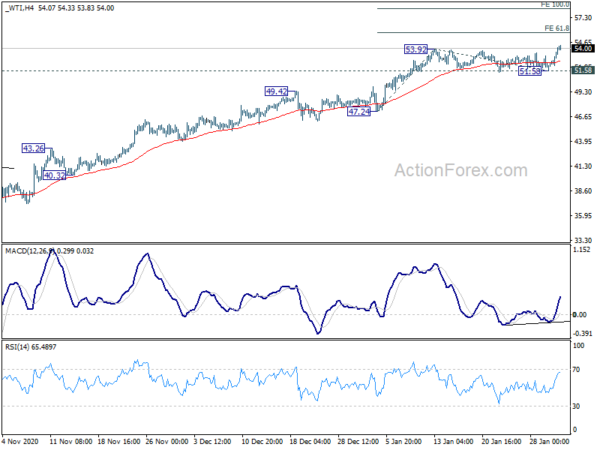
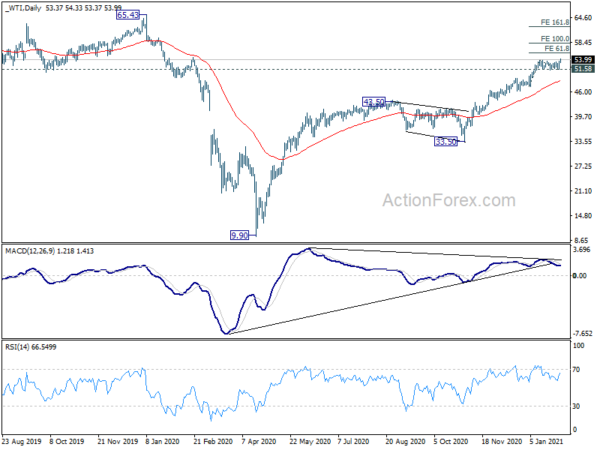
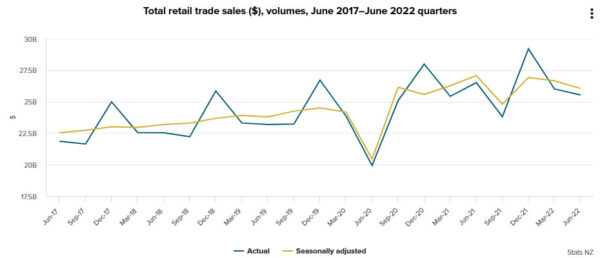
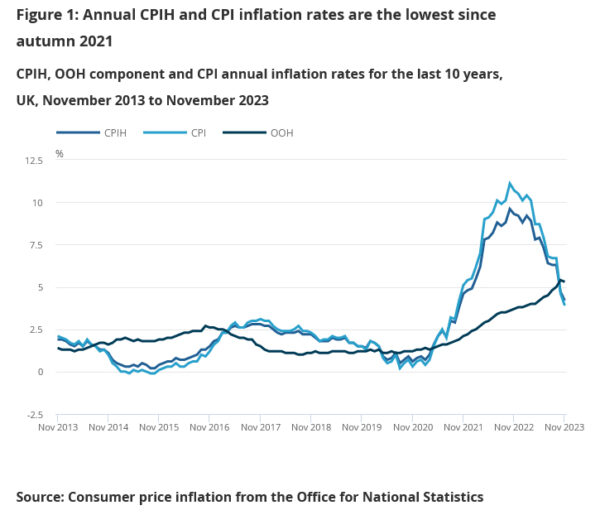
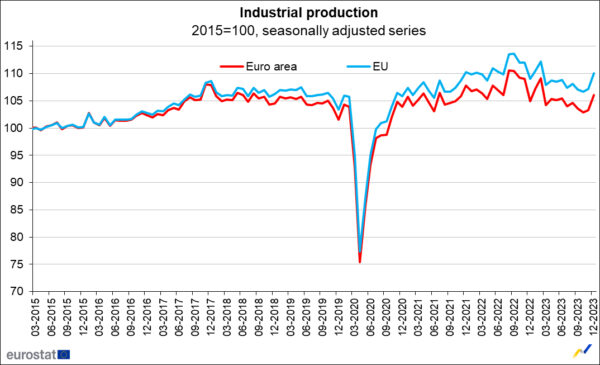
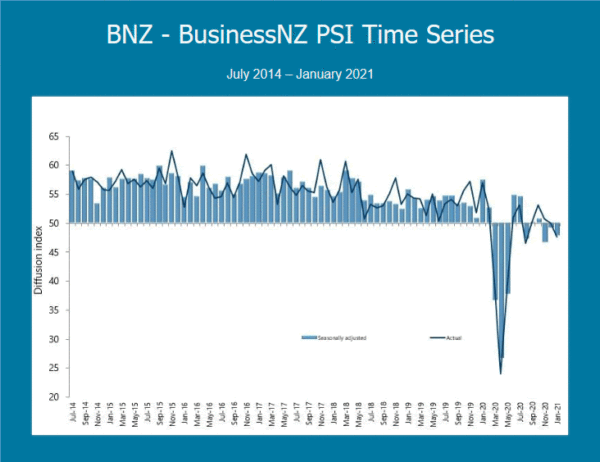
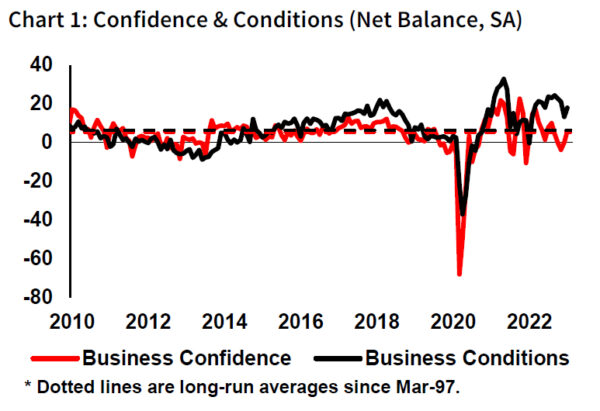

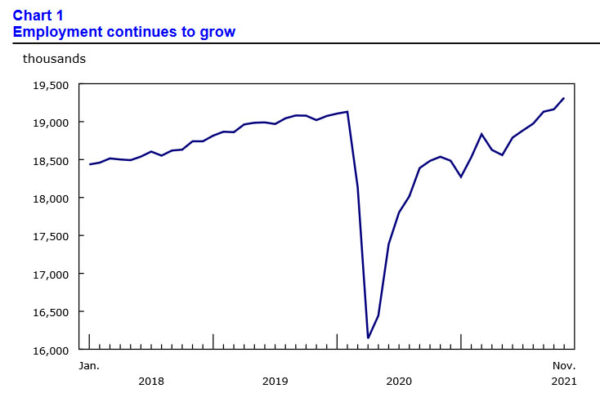
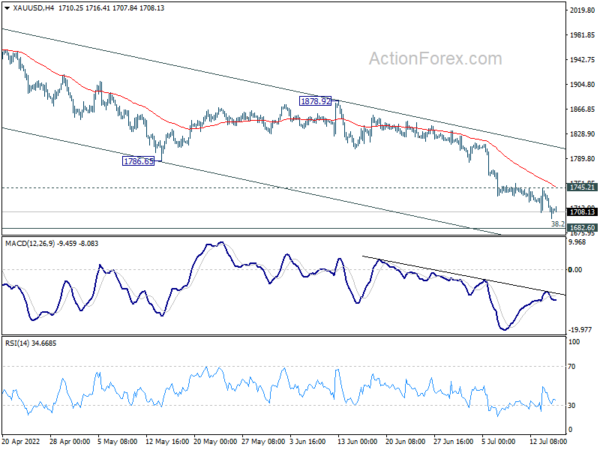
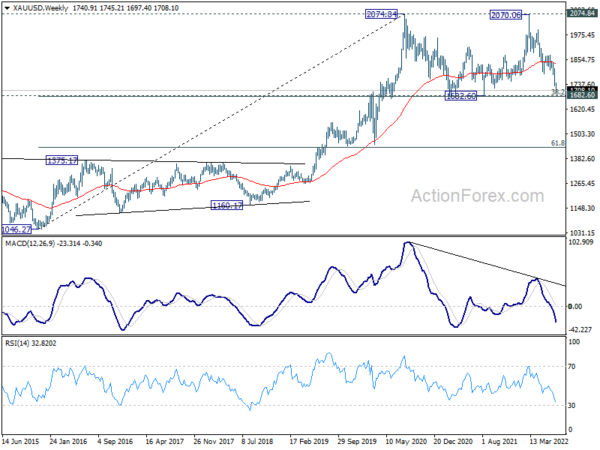
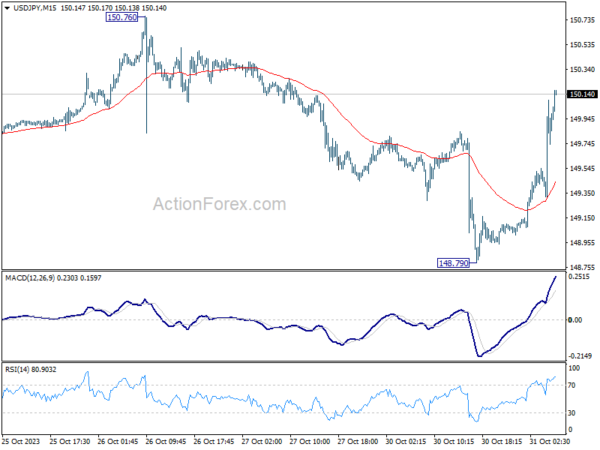
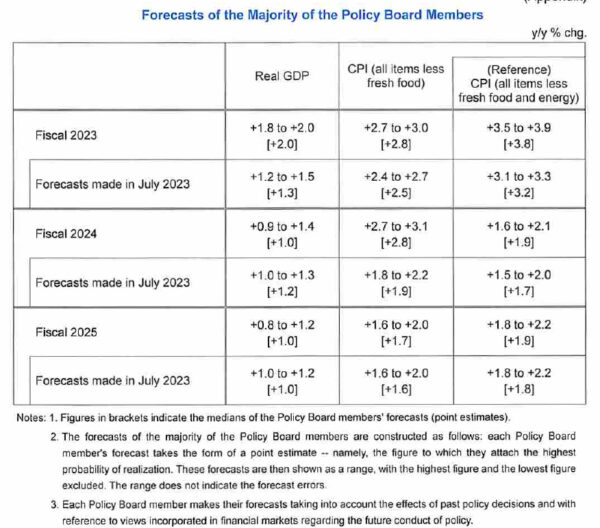

BoJ Kuroda: Need to pay closer attention to loss of momentum in inflation
In a speech to BoJ regional branch managers, Governor Haruhiko Kuroda reiterated that the central bank won’t hesitate to add to current stimulus is needed. In particular, he emphasized, “we need to pay closer attention to the possibility that momentum towards achieving our price target will be lost.”
Nevertheless, Kuroda maintained that the economy is likely to continue expanding moderately as a trend, despite overseas slowdown. Inflation is currently moving around 0.5% and is expected to accelerate gradually towards 2%, on positive output gap and rises in inflation expectation.
He also said BoJ needs to monitor the effects of Saturday’s powerful typhoon on the real economy, maintain functioning and smooth settlement of funds.